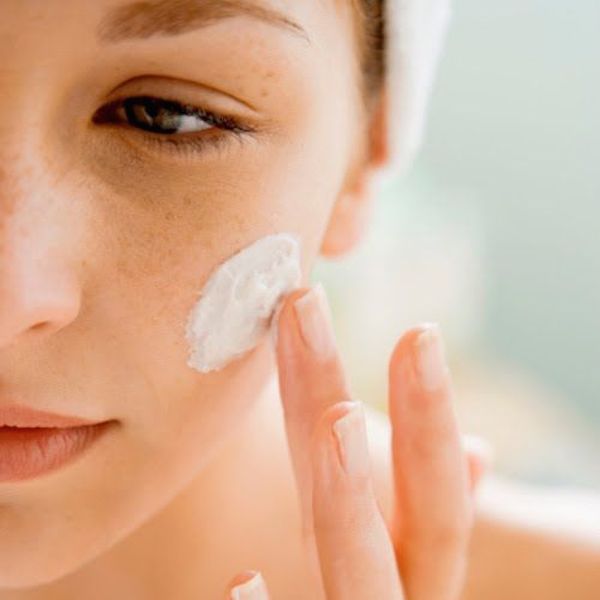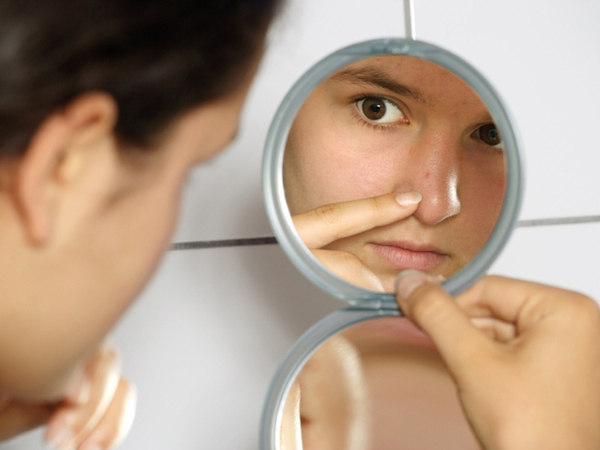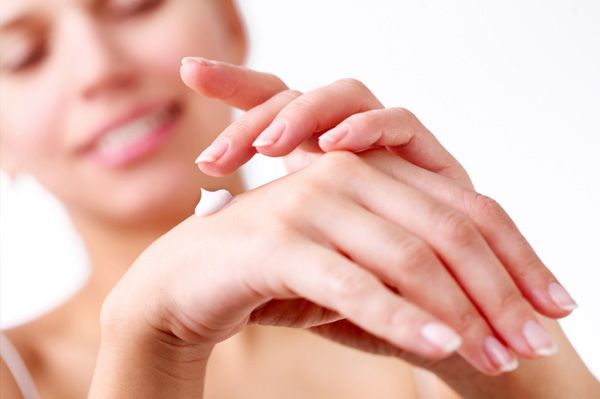Dr. Angela is back with tips on how to take care of your skin in 2015 and how to get your skincare routine rejuvenated.
Skin care regimen
I hear so often the frustration from patients about the number and variety of skin care products on the market. What to choose, how to use it and will it work? Although everyone’s skin needs are different, there are a few things you should consider when picking your products.
Cleanser
Of course you need to start with a good cleanser. The misconception that washing your face too often or with too strong of a cleanser can stimulate your skin to breakout more
often. This is not supported by scientific studies. What does matter is the ingredients in
our cleanser. Studies have shown improvement in skin health and reduction in acne
breakouts with cleansers that contain iodine, benzoyl peroxide, salicylic acid, retinoid acid, antibacterial drugs and sodium laureth carboxylate and alkyl carboxylates, which
removes oil, but does not penetrate so keeps the skin moisturized. Personally, I love my cleanser with salicylic acid. It keeps my face clean, has reduced breakouts and has made
the skin look brighter.

Antioxidant/moisturizer
Antioxidants not only protect your skin from damage from the free radicals produced by
the sun, but also help repair damaged tissues. Beta-carotene, lutein, lycopene, selenium
and vitamins A, C and E are antioxidants that are found in a number of foods and skin care products. In particular selenium and vitamins A, C and E are frequently found in topical applications. Keep in mind that Vitamin C penetrates best in an acidic environment, which the skin is not. Therefore, it has to be in high concentration and in a form that will penetrate. These criteria are met in cosmeceutical forms, but often not in the cosmetic brands found in grocery stores or drug stores. Vitamin E and Vitamin C work together to activate each other, so a combination product is the best.
 Retinols/RetinA
Retinols/RetinA
Antioxidants work to repair damaged skin, but retinols, Retin-A and vitamin A derivatives work best to stimulate skin turnover and improve skin texture. These have been well studied to improve pigmentation as well as skin texture and sun damage. Lower concentrations can be found in cosmeceuticals and even cosmetic products, but
the more efficacious higher concentrations require a prescription. This can be one of the
most powerful tools in your medicine cabinet to improve skin texture, but be careful to protect your skin against the sun since it will be more sensitive.

Lighteners
Adding lighteners to your regimen can be individualized. Not everyone has brown spots and not everyone needs the same level of treatment for them. Antioxidants, like vitamin
C and E, will act to lighten brown spots. So, if you already have this in your regimen and
your spots are not that dark or large, that may be all you need. For dark or large spots,
hydroquinone is the gold standard. It a prescription cream that blocks the pathway that
creates melanin (pigment) in melanocytes (cells that create pigment). It can also be
combined with a steroid and retin-A. This can result in more dramatic effects, but can also be more irritating to the skin. Hydroquinone also makes the skin very sensitive to the sun’s effects and can cause the pigmentation to worsen, if you sunbathe. Other lighteners that you may see in ingredient lists but have not been scientifically studied include Kojic acid, Arbutin, Niacinamide orchid extract, aloe vera, pycnogenol from the French pine tree, marine algae extract, cinnamic acid, coffeeberry, mulberry extract, soy, licorice extract, umbelliferone from carrots and coriander, boswellia from the Boswellia serrate tree in India and Africa, N-Acetyl Glucosamine in combination with niacin amide, grape seed extract, green tea leaves, eucalyptus strawberries and aloe. These may help, but their efficacy is not proven.
Sunscreen
Use a light sunscreen that you won’t mind applying every day. It should be at least SPF 30 and contain a sunblock component. This means you will see Zinc or Titanium in the list of ingredients.

Simplicity
I feel that each person’s regimen has to be tailored to what their goals are and what is realistic to expect the person to do every day. I love to consolidate steps with combination products. A cleanser with salicylic acid, an antioxidant moisturizer, particularly with growth factors (extra bonus for skin texture), a retinol and sunscreen without a lightener can keep your skin radiant without filling your bathroom with bottles and tubes of products. If you are uncertain or have any questions, your dermatologist, plastic surgeon, and/or skincare specialist can always help!

Visit Dr. Angela’s website HERE
